I have built a stand alone Arduino type board. It will run all day long as long as no actuator is hooked to the relays, the voltage on a voltmeter shows when the motor changes direction properly. The problem is when I actually hook up an actuator (9amp), I'm using a 10amp relay it will run for a bit (no set time, it changes) then just stop. I have hooked up a Oscilloscope to the 5v vcc line of the 168P chip and when the relays change state I get quite a bit of garbage on the scope when the relays change state, it shows the min voltage spikes anywhere from +8 to -12 volts, sometimes this freezes the board, sometimes it resets the board. Could someone look at my schematic and give me some clue as to what to look for? and any input to make it better? I am pretty new at this, so please, be easy on me. :)
The board runs off an Arduino sketch which is nothing more than a switch that tells the actuator to go up, wait 5 secs and go back down and wait until the button is hit again. Like I said, works perfect as long as no actuator is hooked up to the relays.
The board is setup with a jumper J56 and J70 that puts the relays connected to I/O 5 and 6 on the processor.

